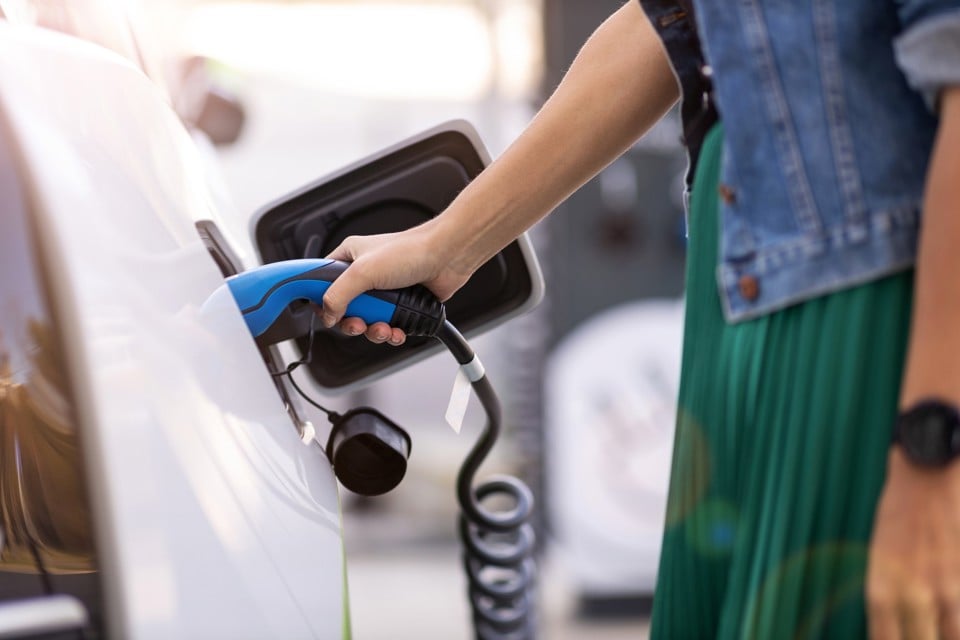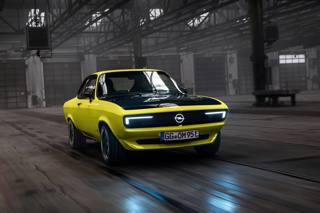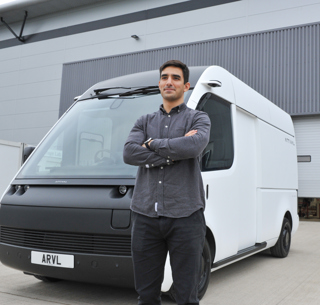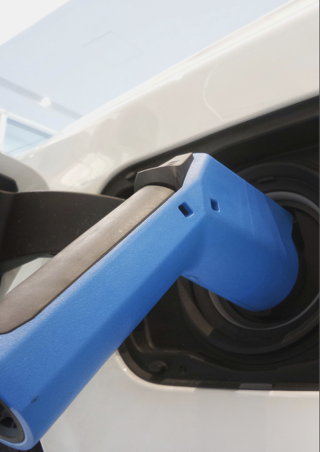The amount of charge an electric vehicle (EV) is delivered with varies considerably, a Fleet News poll suggests.
More than a third (35%) of respondents said plug-in vehicles were being delivered fully charged, while 28% reported their electric car or van arriving with the battery charged to just a quarter of its capacity.
Traditionally, fleets and company car drivers would have expected their new internal combustion engine (ICE) vehicle to be delivered with a quarter of a tank of fuel.
MIXED PICTURE
However, charge point availability and whether an EV is delivered on a lowloader or comes under its own steam are creating a mixed picture for fleets. National Grid fleet manager Lorna McAtear says it’s a bit “hit or miss”.
“We are realistic and know that if someone is driving the vehicle to you then you are never going to have it arrive with 100% battery, but we do expect some charge,” she said. “We understand that, dependent on where the driver lives versus where the best public charge point currently is for the delivery driver, will have an impact.”
The challenge, explains McAtear, comes when only a percentage of charge is considered. “Larger vehicles with bigger batteries have more miles so 50% is still going to be more than 100 miles for the end customer to work out what they want to do. However, a smaller battery with a max range of 120 miles at 50% is going to leave the customer with only 60 miles,” she said.
McAtear believes EVs should arrive with a minimum of 100 miles’ range. National Grid’s electric commercial vehicles all arrive at its converter with between 50% and 80% of charge and are topped up after work is completed.
Cars from manufacturers delivering on the backs of other vehicles, such as Polestar and Audi, all arrive with 100% charge.
However, McAtear says some EVs being driven to delivery sites arrived with as little as 25% and some were at 40%, while Ford and Jaguar Land Rover aim to deliver with at least 75%.
Nick Hardy, sales and marketing director at Ogilvie Fleet, says that most dealers advise their target is to deliver battery electric vehicles (BEVs) with a minimum of 75% charge, while plug-in hybrids (PHEVs) are fully charged.
ABILITY TO GET HOME
However, he said: “Even with transported deliveries, we don’t tend to have 100% on delivery. We would say that 50% should be the minimum acceptable so the driver does not have to immediately find a charging station, or at least be able to get home.”
He added: “A 100% BEV charge is not really feasible as it usually takes at least an hour for the last 10% so not operationally practical perhaps.”
LeasePlan UK told Fleet News that, in line with its dealer procedure guide, EVs must be delivered with a minimum of 100 miles range unless otherwise confirmed by the leasing company.
Lex Autolease, meanwhile, says it has aligned its policy to ensure that all battery-powered EVs are delivered with at least a quarter of the charge remaining.
DMN Logistics, which published a white paper on EV deliveries last year, says that, with shorter driving ranges on a charge than an ICE car, longer ‘refuelling’ times, and heavier vehicles thanks to the battery weight, establishing a successful EV logistics plan can prove challenging.
“While it might seem appropriate to circumvent the range-limited distance an EV can travel by placing it on a flatbed or a transporter, there simply isn’t the capacity – whether that’s drivers or lorries – to carry the vehicle volumes the automotive sector needs delivering each day across the country,” the white paper says.
“EV weight – usually greater than an ICE car because of the battery – also limits what vehicles can be used to safely load EVs, with smaller transporters reaching legal limits in terms of payload and total weight.”
> Interested in comparing electric vehicle data? Check out our EV tool.
> Interested in ensuring the efficient use of EVs. Check out our dedicated editorial sections: Insight & policy | EV news | Charging & infrastructure | Costs & incentives | Benefit-in-kind | EV case studies | EV road tests
























Login to comment
Comments
No comments have been made yet.